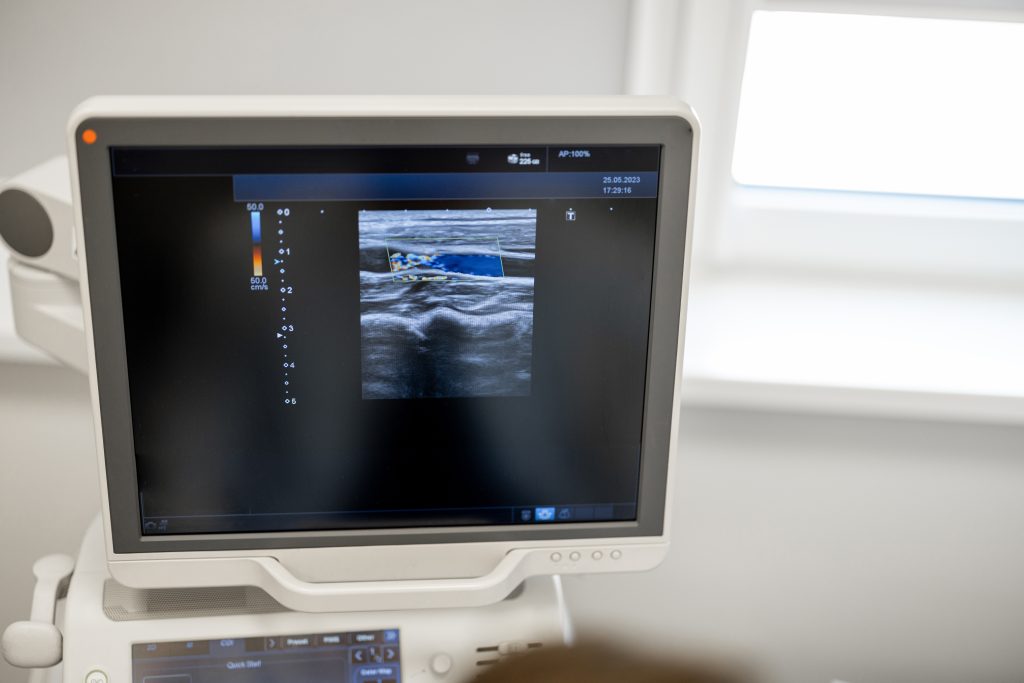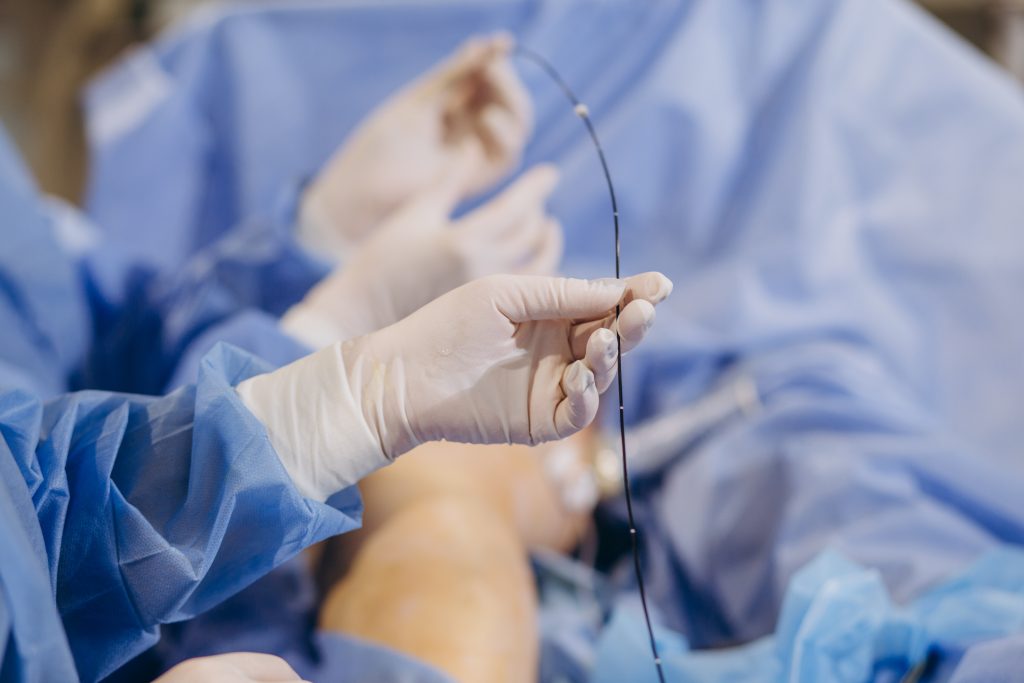What is angioplasty?
Angioplasty is a medical technique employed to unblock coronary arteries that have been obstructed due to coronary artery disease. This procedure allows blood to flow freely to the heart muscle, all without the need for invasive open-heart surgery. In critical situations such as a heart attack, angioplasty can be performed as an emergency measure.

Who needs to have angioplasty?
Individuals who suffer from coronary artery disease or experience a heart attack might require coronary angioplasty as a treatment option. Furthermore, angioplasty can also be employed in various areas of the body where arteries are narrowed or obstructed, like the neck, arms, legs, kidneys, and pelvis. The purpose of angioplasty is to increase the blood flow through a constricted or blockaded artery containing plaque. As a result, the organ supplied by that particular artery will receive an improved blood circulation subsequent to angioplasty.
Types
There are two main types of angioplasty:
- Balloon angioplasty is a procedure that utilizes an expanding balloon to remove plaque blockages in arteries. It is typically not performed as a standalone treatment, except in situations where stent placement is challenging for doctors.
- Stent placement in the artery is a procedure where a tube, known as a stent, made of wire mesh is used. Stents are utilized to prevent the artery from narrowing again following angioplasty.
What advantages does a coronary angioplasty offer?
After undergoing an angioplasty, the majority of individuals experience an enhanced blood flow in their coronary arteries. Their symptoms often improve significantly, allowing them to engage in activities beyond their capabilities prior to the procedure.
If you have experienced a heart attack, undergoing an angioplasty instead of using clot-busting medication can significantly improve your chances of survival. Additionally, this procedure can also reduce the likelihood of experiencing another heart attack in the future.
What conditions does angioplasty treat?
Doctors use angioplasty to:
- Angina refers to chest pain caused by blockages in the coronary arteries. There are various forms of angina, and specific types can be treated through a medical procedure called angioplasty. This procedure aims to alleviate chest pain resulting from coronary artery blockages.
- Reduce harm to the heart during or immediately following a heart attack. In such situations, angioplasty serves as an urgent form of medical intervention.
Angioplasty is not a remedy for coronary artery disease. In order to prevent further blockages caused by plaque, it is necessary to adhere to prescribed medications, consume nutritious foods, and engage in regular physical activity.

How do I prepare for an angioplasty?
The level of preparation required for the procedure will vary based on your medical condition and the medications you are currently taking.
Your physician may request that you discontinue the usage of specific medications that have blood thinning properties and can result in bleeding. It is likely that you will be required to abstain from eating for a few hours prior to the procedure.
It is important to inform your doctor about any past instances of kidney disease, abnormal kidney function, or diabetes. This is crucial because the dye that is used in angiography is handled by the kidneys. If you have any kidney issues, additional measures may be required before the procedure, and your doctor will go over them with you.
How a coronary angioplasty is performed

During a coronary angioplasty, local anesthesia will be used, allowing you to remain conscious throughout the procedure.
To perform the procedure, a catheter, which is a slim and flexible tube, will be placed into one of your arteries through a small cut made in your groin, wrist, or arm. This catheter will be directed to the specific coronary artery using the assistance of an X-ray video.
Once the catheter is properly positioned, a slender wire is directed through the affected coronary artery in order to introduce a small balloon to the specific area that is affected. The purpose of inflating the balloon is to expand the artery, pressuring the fatty deposits against the artery wall, allowing for improved blood flow when the deflated balloon is withdrawn.
When using a stent, it will be positioned around the balloon before it is inserted. The stent will enlarge when the balloon is filled with air and will remain fixed in position when the balloon is emptied and taken out.
The procedure called coronary angioplasty typically lasts from 30 minutes to 2 hours. If you are undergoing this treatment for angina, you will usually be permitted to return home on the same day or the day following the procedure. However, it is important to refrain from engaging in activities such as heavy lifting, strenuous physical exertion, and driving for at least a week.
If you have been hospitalized after experiencing a heart attack, it is possible that you will need to remain in the hospital for a number of days following the angioplasty treatment before being discharged.
Recovery
After the angioplasty procedure is finished, the cardiologist takes out the catheters and puts bandaids on. It is normal to experience discomfort, discoloration, and potential bleeding in the vicinity where the catheters were inserted into the body.
In most cases, individuals will spend a few hours or stay overnight in the hospital before being discharged for recovery at home. It is important to refrain from driving in order to avoid any potential effects of sedative medications still present in their body. Additionally, there will be limitations on lifting objects for approximately a week after the procedure.
The doctor will provide guidance on when and how active people can be after a week, allowing them to often resume work.
The post-angioplasty check-up is a crucial element of the treatment. The physician will assess the patient’s progress, make necessary changes to medications, and create a long-term healthcare plan for their heart condition.
Treatment in Türkiye:
The medical staff of surgical teams, doctors, and consultants at REHABTÜRK can provide the best treatment options and free consultations, striving to stay up-to-date on the latest medical technologies and methods.
